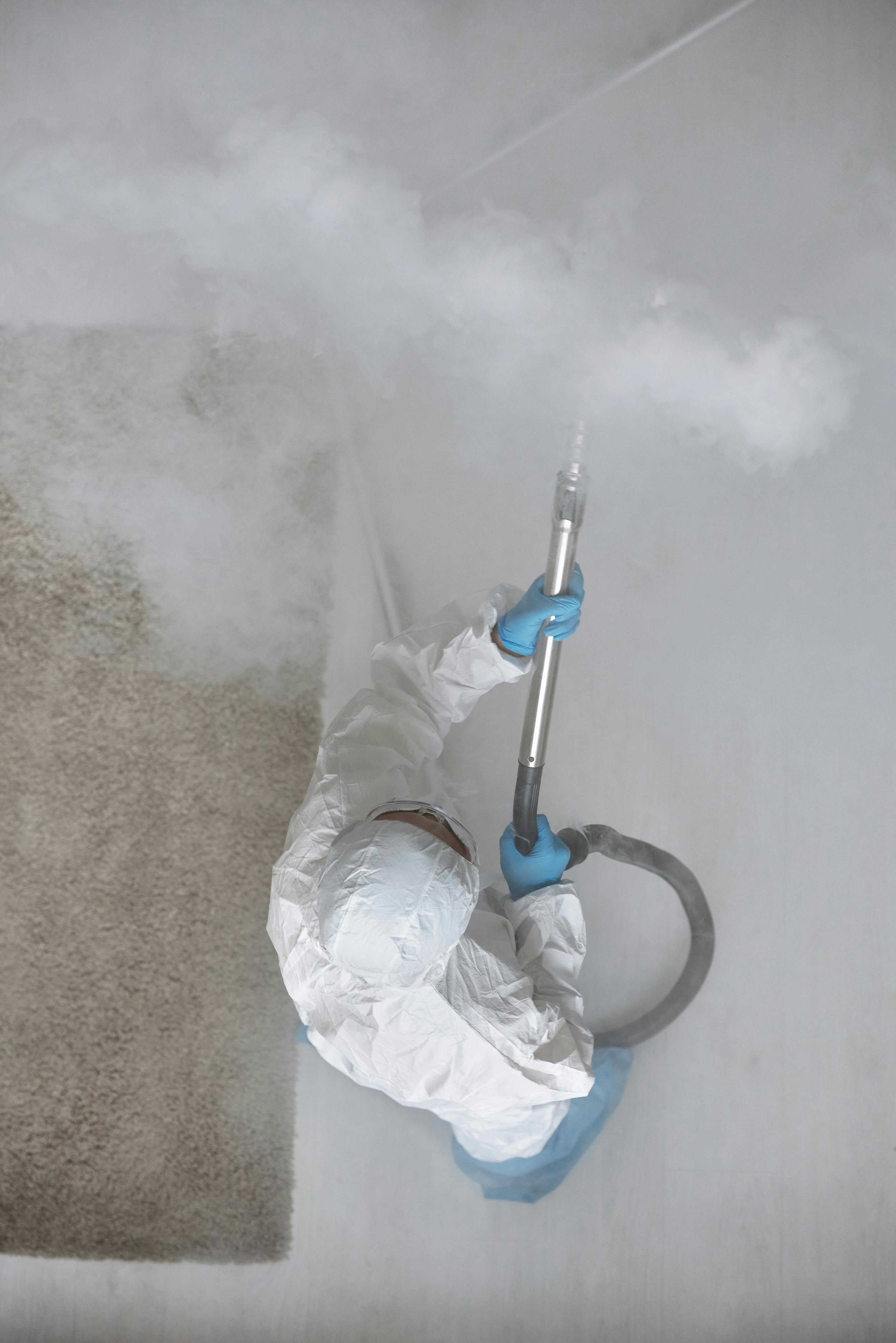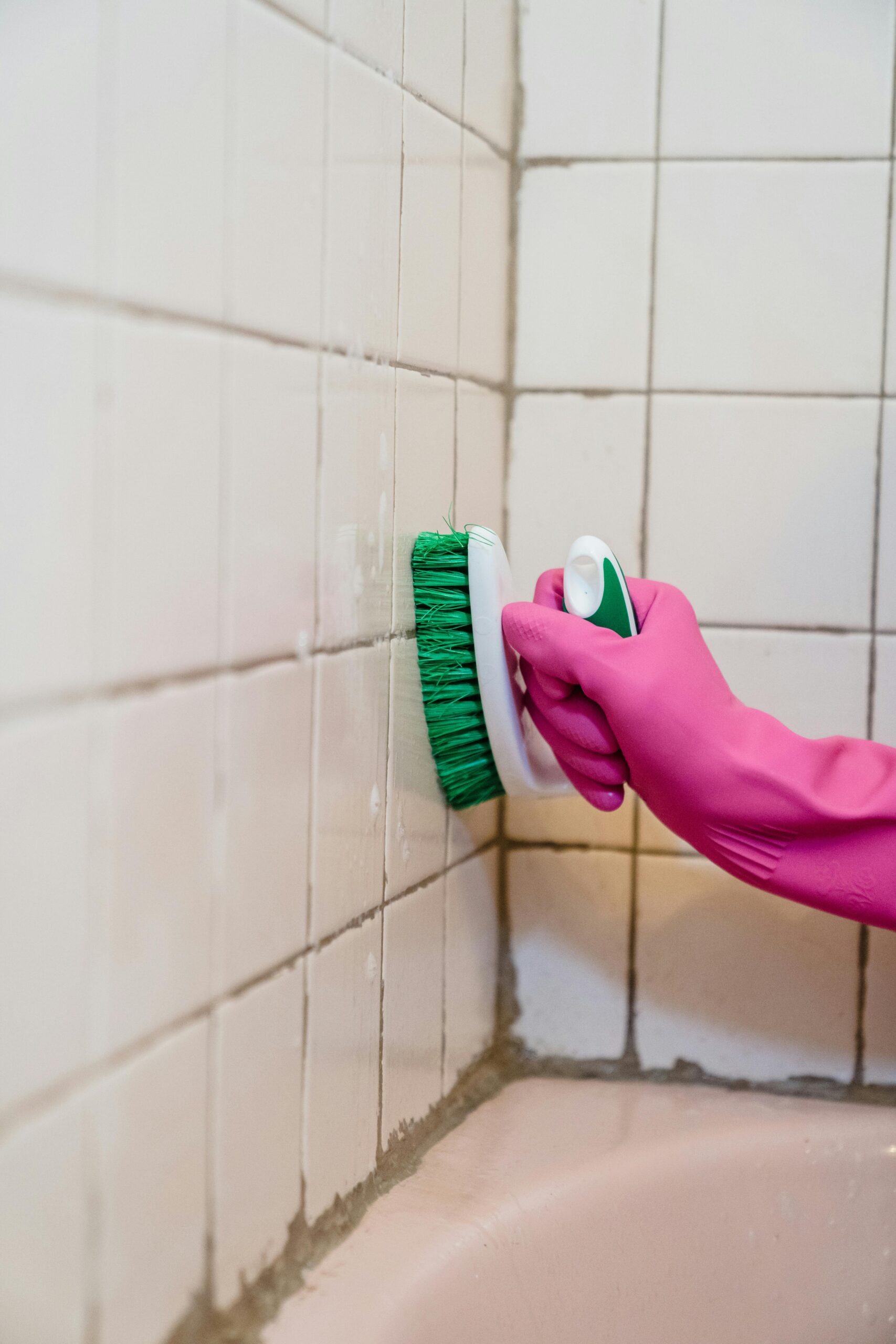Schimmelentferner: The Ultimate Guide to Mold Removal
Understanding Schimmelentferner: What You Need to Know
Schimmelentferner, or mold removers, are essential tools for maintaining healthy environments in both homes and businesses. These products are designed to effectively eliminate mold and mildew without causing damage to surfaces. Mold can pose serious health risks, including respiratory problems and allergies, making effective removal critical. This guide provides a comprehensive overview of the various types of schimmelentferner available, their application methods, and tips for preventing mold growth.
Types of Schimmelentferner Products
When considering schimmelentferner options, it is crucial to understand the types available on the market. There are chemical-based and eco-friendly products. Chemical-based removers are typically more potent and often contain specific agents designed to kill mold spores rapidly. However, they may release harmful fumes and require careful handling. On the other hand, eco-friendly schimmelentferner often use natural ingredients that are safer for indoor environments. While they may take longer to show results, they are less likely to pose health risks. Familiarizing yourself with these options will help you choose the right product for your needs.
How to Properly Use Schimmelentferner
Effective usage of schimmelentferner requires a systematic approach. Here’s a step-by-step guide: First, identify the affected areas and ensure that you wear protective gear such as gloves and masks. Next, spray the product directly onto the moldy surface, making sure to saturate the area adequately. Allow the remover to settle for the time indicated on the label, usually around 10-30 minutes, to allow it to penetrate and kill the mold spores. Afterward, scrub the area using a stiff brush to remove any remaining mold. Finally, rinse the surface with water and dry it thoroughly to prevent future growth. For visual reference, see the image below showcasing the application of schimmelentferner.

Preventing Mold Growth in Your Home
After effectively removing mold using schimmelentferner, it’s imperative to take proactive steps to prevent its return. Mold thrives in damp and humid conditions, so controlling moisture is vital. Ensure proper ventilation in areas such as bathrooms and kitchens. Using dehumidifiers in high-humidity areas can significantly reduce moisture levels. Additionally, check for leaks in pipes or roofs and address any issues promptly to minimize exposure to water.
The Importance of Regular Inspections
Conducting regular inspections of your home can help catch mold growth before it becomes a serious problem. Look for signs of moisture accumulation, water stains, or any musty odors. If a specific area seems persistently damp, consider using schimmelentferner as a preventive measure, treating the area even before mold appears. This proactive approach can save both time and money in the long run.
Case Study: Real-Life Mold Removal Success
A recent case involved a homeowner in a high-humidity area who noticed a persistent mold issue in the bathroom. After using a popular schimmelentferner product, they followed up with proper ventilation techniques. They installed an exhaust fan and kept the bathroom door open while showering. This combination of effective removal and preventive measures led to a significant decrease in mold appearance, showcasing the power of using schimmelentferner effectively and responsibly.
Choosing the Right Schimmelentferner for Your Needs
Selecting the right schimmelentferner can be challenging given the numerous options available. Factors to consider include the severity of the mold problem, surface materials, and your sensitivity to chemicals. For instance, if you’re dealing with extensive mold in areas like basements or attics, a strong chemical remover may be necessary. However, for smaller areas or sensitive environments, eco-friendly products may be the best choice. Always read product reviews and consult with professionals if unsure about which option to choose.
Price Comparison of Popular Schimmelentferner
Understanding the cost of schimmelentferner products can aid in your decision-making process. Prices vary widely based on brand, ingredients, and packaging size. Typically, chemical-based options might range from $10 to $30, while eco-friendly alternatives can vary from $15 to $50. It’s wise to compare effectiveness versus cost and select a high-quality product that fits your budget without compromising safety.
Common Mistakes When Using Schimmelentferner
Many users make common mistakes when applying schimmelentferner, which can lead to inadequate results. One major mistake is not allowing the product to sit as specified, which can prevent optimal effectiveness against mold spores. Another mistake is not prepping the area by removing loose debris before spraying the remover. Finally, neglecting to follow up with preventive measures post-application can result in mold’s quick return. Avoiding these pitfalls can enhance your mold removal efforts significantly.
Key Takeaways
In summary, schimmelentferner are critical tools in maintaining a mold-free environment. Understanding the types of products available and mastering their application will ensure effective mold removal. Regular inspections and preventive measures are essential to maintaining a healthy home. Choosing the right product based on your specific needs and understanding common mistakes can lead to a successful mold management strategy.
FAQ
1. What are the most effective types of schimmelentferner?
Generally, the most effective schimmelentferner are those specifically formulated to target mold spores. Chemical-based options tend to be stronger and act faster, while eco-friendly products provide safer alternatives for sensitive environments. It’s crucial to select a product based on the severity of your mold problem.
2. How often should I use schimmelentferner in my home?
The frequency of using schimmelentferner depends on the humidity level and the history of mold presence in your home. Regularly inspecting and treating potential risk areas, especially in moist places like kitchens and basements, at least once a season can help maintain a mold-free environment.
3. Can I make my own schimmelentferner at home?
Yes, many effective home remedies can serve as DIY schimmelentferner. Common ingredients include vinegar and baking soda. These natural ingredients can effectively reduce mold growth without the harmful chemicals found in store-bought products.
4. What safety precautions should I take when using schimmelentferner?
Always wear protective gear such as gloves, masks, and goggles when using any schimmelentferner. Ensure that the area is well-ventilated to avoid inhaling harmful fumes. Additionally, follow the manufacturer’s instructions carefully to ensure safe and effective application.
5. Can schimmelentferner be used on any surface?
While many schimmelentferner products are versatile, it’s essential to check the manufacturer’s recommendations regarding surface compatibility. Some products may damage certain materials, such as porous surfaces. Always perform a patch test before applying extensively.
6. How can I maintain a mold-free environment after using schimmelentferner?
To maintain a mold-free environment, focus on controlling moisture levels. Improve ventilation, use dehumidifiers in high-humidity areas, and regularly inspect potential problem spots. Address any leaks or water damage promptly to minimize mold growth risks.
7. Is there a difference between schimmelentferner and mold inhibitors?
Yes, schimmelentferner are designed specifically for removing existing mold, while mold inhibitors are preventive products used to stop mold from developing. Utilizing both products in tandem can enhance overall mold management strategies.
